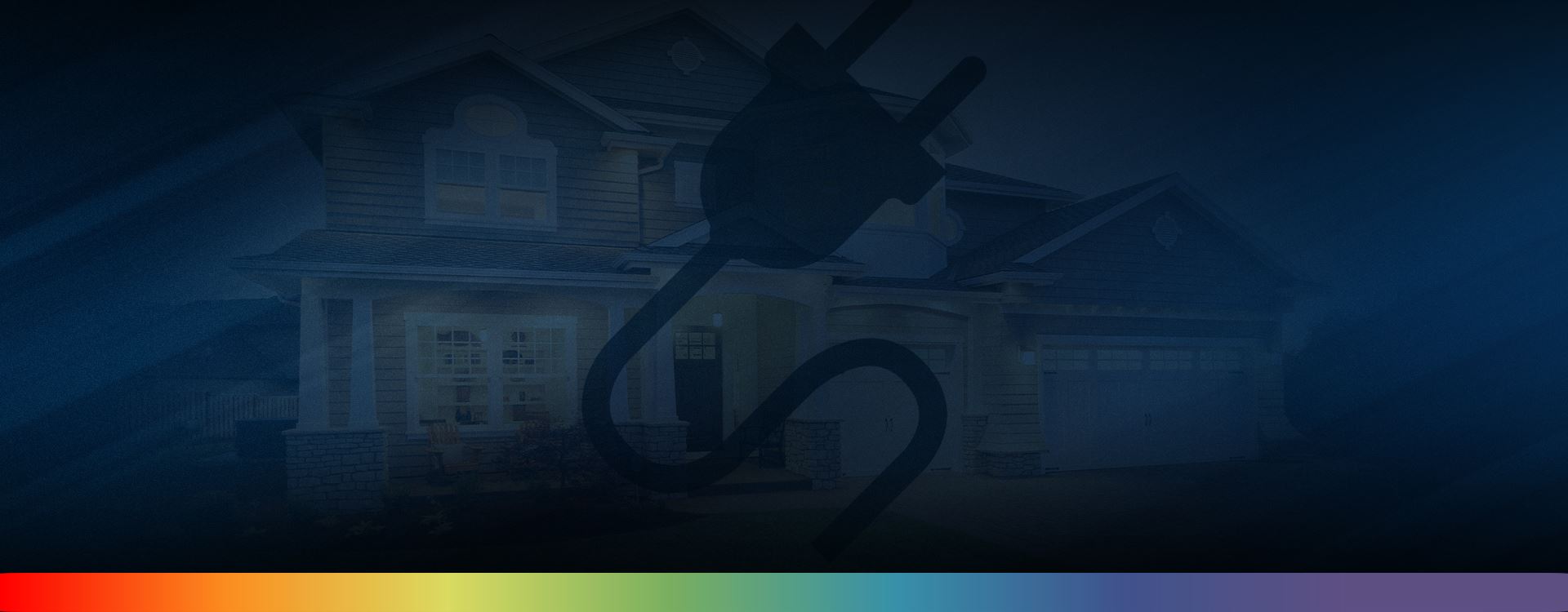Your electrical service travels through a number of lines and devices before being usable in your home.
Continuous electrical service is something we often take for granted. It seems as simple and effortless as heating something in the microwave or using your cellphone. But when you look closely, the all of these involve pretty complex processes. Your electrical service is the result of many devices working together to achieve the desired results. Here, we’ll take a look at how your electrical service moves from the power lines outside into your home.
Service: This word describes the equipment that delivers electricity from the utility company to your wiring system. Generally only one service is installed for a home. Service may be delivered through underground or overhead conductors. In both cases, these conductors connect the service from the utility lines to a building.
Overhead wires: If overhead wires are used for electrical service, a number of precautions should be taken. Overhead wires should not:
- hang less than 10 feet above the ground
- come in into contact with any obstacles, such as tree branches
- be within reach of a window or other easily-accessed part of the home
- be located over water features such as swimming pools
The overhead wires should be securely attached to the building. Drip loops connect to the home’s main line via the weatherhead.
Weatherhead: This is a weatherproof entry point for the electrical service into a building.
Electric meter. The next stop for the electrical service is the electric meter. This device, of course, records how much electricity you are using. The electric meter’s base should be secure and weatherproof.
If you notice any problems with the electric meter, advise the utility company at once. If the meter box is damaged or rusted, contact your electrician right away. Repairs to the meter box are the responsibility of the homeowner.
Service entrance conductor. This is the line running from the meter into the electrical panel. The insulation around the service entrance conductor should always be intact. The conductor’s passage through a wall (if any) should be sealed against moisture. Remember, electricity and water don’t mix!
Electrical service panel: Also called the “breaker box,” the main electrical service panel is the central hub for electrical service throughout your home. The breakers or fuses help protect wiring in your home from overloads. All electrical service panels should have covers and all openings must remain closed.
If you spot any problems with your incoming electrical service, McCauley Electrical Service is just a call away at (678) 324-3117. We serve the Atlanta community including DeKalb, Fulton, Milton, and most parts of Gwinnett and Cobb counties.
